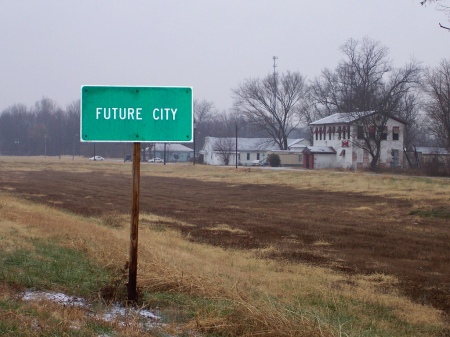Everyone likes stories. Whether it’s bedtime stories read to children, hard hitting news stories updating you on world events or blockbuster films seen in the cinema…stories make the world go round.
Since time began, people have told stories to explain complex things, or to help people remember.
And brands, businesses trying to sell their products or services, are no different. Since the birth of advertising, stories have been used to create memorable ad campaigns, capture the public imagination or simply make people go “aaah”.
For businesses wanting to tell a story, it used to be TV commercials that offered the quickest route to mass awareness, and many of the best TV ad stories have more than stood the test of time.
For example, Metro reported a survey carried out by UTalkMarketing which asked people to vote for the most romantic TV ad ever. The winner was the ongoing, on-screen relationship saga between the Nescafe ‘Gold Blend’ couple. Back in the ‘80’s, Antony Head and Sharon Maughn kept us all waiting with baited breath with their will they, won’t they on/off love affair.
And they weren’t the only ones, by any means. Whether it was the Milk Tray man going above and beyond the call of duty, “all because the lady loves…”, or the excitement of swimmers rushing towards a pint of Guinness, the best ads told stories we could latch on to and engage with.
Fast-forward a few decades and lots of people don’t even watch TV ads. They watch on demand or after the event purely because they want to escape the ads. Interruption marketing, in which brands force themselves down the throats of anyone who happens to be in the way appears to have had its day. Today’s customers are very much in control of their ad consumption and they expect something more individual and valuable than a simple sales pitch.
But that’s not to say they no longer like stories.
Content marketing is all about telling stories. It’s based on the idea that sharing content that is interesting, valuable… and different…. will help you win, sell to and retain customers.
Instead of interruption marketing, content marketing produces something and invites people to share it. Only the best content gets shared… it’s a subtle way in which consumer power is gradually forcing the hand of businesses who want to talk to them – which is great, since raising the bar when it comes to content (on or offline) can only be good for us all.
Anyone can get started with content marketing, you simply need a story to tell, an interesting way of telling it and a readership that’s interested enough to share your story with some friends, who share it with their friends and so on, and so on….
It can be a cost effective way for small businesses to talk about themselves since there’s no need for big TV spend, radio commercials or even glossy brochures. All it takes is an internet connection and a computer.
Content marketing is just another way in which the internet is levelling the playing field.
Suddenly, with customers demanding ever more personalised, niche content, it’s not the big guy with deep pockets that has the upper hand but rather the small guy who’s stayed closer to customers, knows what they want, and has the in-depth expertise to provide it.
Content marketing is about another step towards the small independents taking over from the huge corporations and we hope the tips we’re planning to share over the coming weeks and months will help all of our small business readers take a few more steps forward in the way in which they engage with their customers.


